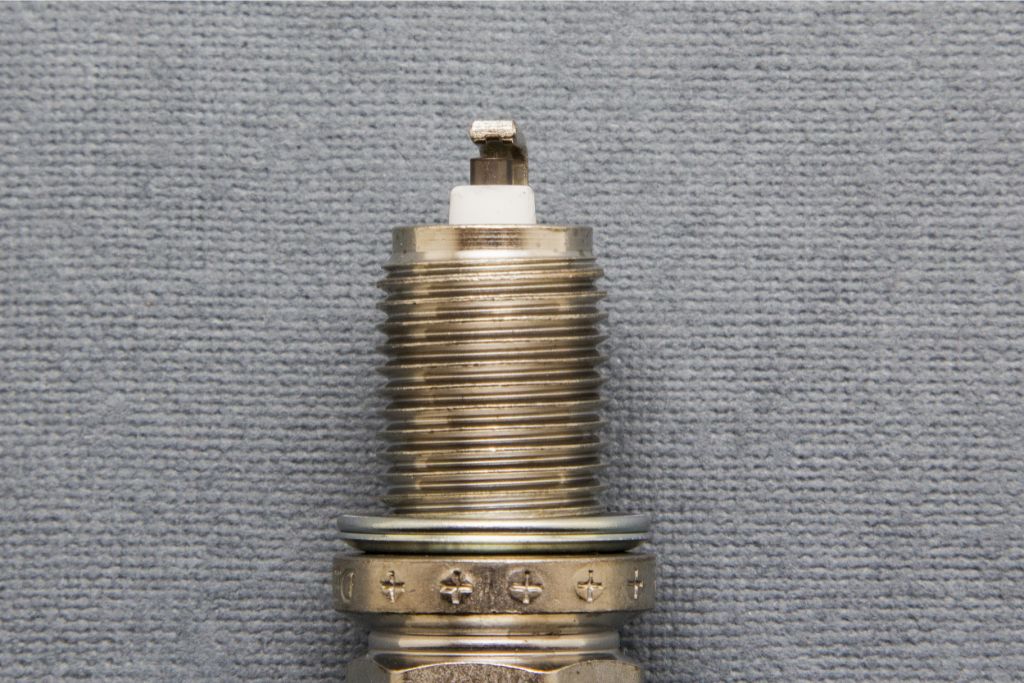
Although spark plugs are small, they can make a huge difference in how your engine runs. On some cars, spark plugs are relatively easy to replace. On others, they can be much harder to get to. In this latest DIY article, we’ll examine the benefits and drawbacks of doing the job yourself.
Don’t DIY – You May Install the Wrong Plugs (or Get Bad Advice)
There are many different brands of spark plugs. It can be difficult to know which ones are correct for your engine. There are four primary types of spark plugs.
They are:
- Copper
- Platinum
- Double platinum
- Iridium
It might be tempting to install the cheapest option, but if you use the incorrect spark plug, your car may experience engine performance problems – and even severe engine damage. The easiest way to find out which spark plugs are right for your vehicle is to look in your owner’s manual.
DIY – You’ll Help Keep Your Engine Running Well
Your spark plugs’ job is to create a small spark that ignites the air/fuel mixture inside the engine. Spark plugs that are severely worn can cause your engine to misfire – and that can eventually damage the catalytic converter. Also, in some extreme cases, a worn-out plug’s electrode may break off inside the engine, causing extensive damage.
Signs that your spark plugs may be worn out include:
- An engine that is not running smoothly
- Poor acceleration
- Reduced fuel economy
- Hesitation of acceleration under load
In many cases, however, you won’t be able to tell when it’s time to swap out your spark plugs. So, the best way to tell when it’s time for replacement is to follow the manufacturer suggested maintenance interval, outlined in your owner’s manual.



